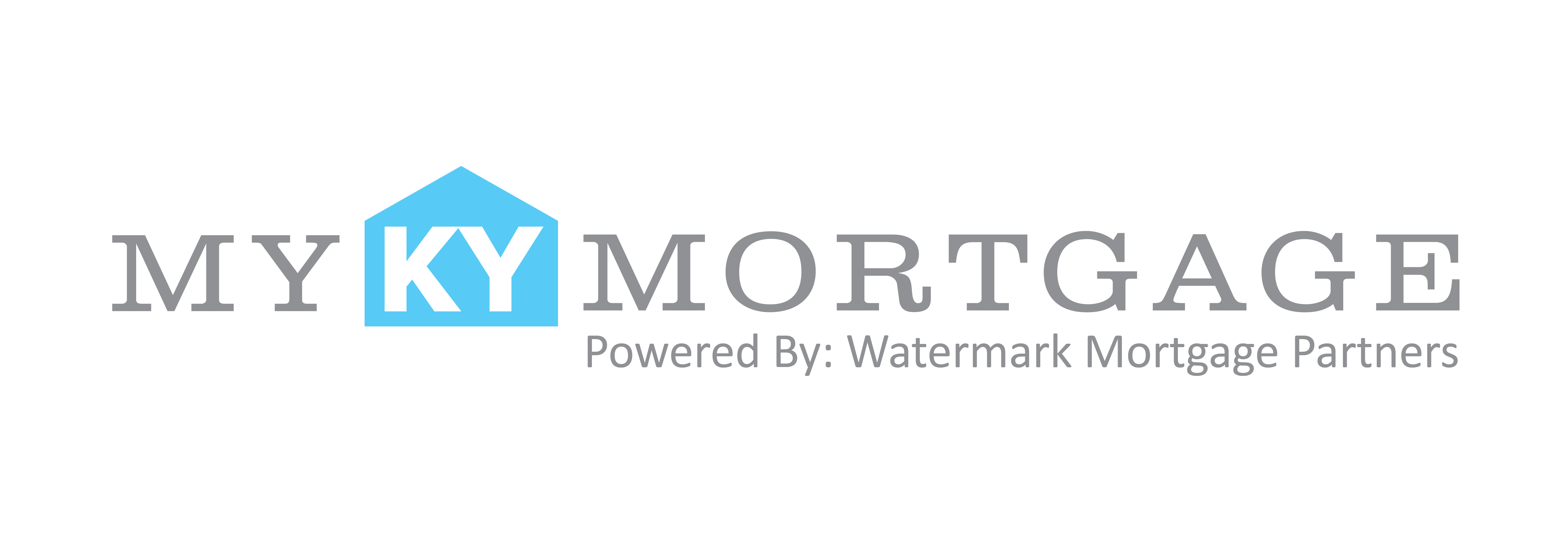Before the pandemic, 15-year mortgages were simply too expensive for many homeowners seeking to refinance. Popular instead was the 30-year fixed-rate loan, which typically comes with a more affordable monthly payment.
But now the tide seems to be turning, with 15-year mortgages accounting for 17 percent of home loan applications this past September, up from 10.2 percent a year earlier, according to a report from the Urban Institute.
The reason: rock-bottom mortgage rates due to the ongoing COVID crisis, which have helped reduce the steep month payments that usually occur with a shorter loan term. If you’ve been considering refinancing your home into a 15-year loan, here’s why it’s a great time to do it.
A shorter-term can save you thousands
Even with record-low rates, refinancing into a 15-year fixed-rate mortgage likely will require a larger monthly payment than refinancing to a 30-year loan. Freddie Mac reports 30-year fixed mortgage rates currently averaging 2.73 percent, versus the 2.21 percent average for 15-year loans.
If you were to refinance a $200,000 balance at the current average rates, your monthly payment would be $1,306 with a 15-year loan, but only $814 with a 30-year mortgage—close to a $500 difference. While that might be a deal-breaker for some, when you consider the lifetime interest you would save with the shorter loan term, that high monthly payment might not seem so bad.
The total interest you’d pay by refinancing into a 15-year mortgage would be about $35,200, and you’d have to pay around $93,200 in interest for the 30-year loan. That’s $58,000 more. In addition to saving almost $60,000, you’d also pay off your debt in half the time.
Shorter terms have better rates
The average interest rate on a 15-year fixed-rate mortgage typically is lower than the average on a 30-year loan because shorter loans are generally seen as less risky by lenders. Since a 15-year mortgage does require a higher monthly payment, however, the criteria needed to qualify for one can be more restrictive than for a 30-year loan.
You might ultimately decide that you need to find other ways to cut your housing costs—maybe by shopping around to find a lower rate on your homeowner’s insurance. To land a 15-year mortgage, it may be necessary to raise your income above what you currently earn, reduce your debt-to-income ratio, or increase your credit score by 20 or more points.
How to refinance into a 15-year loan at the best rate
To make sure you get the best rate possible on a 15-year refi, you’ll want to check in on your credit score. You’ll need a score in the “very good” (740 to 799) or “excellent” (800-plus) range if you want lenders to feel confident about working with you. If you haven’t been keeping tabs on your score lately, that’s OK—there are online services that will let you check your score for free, and give you tips on how to boost it if it’s low.



